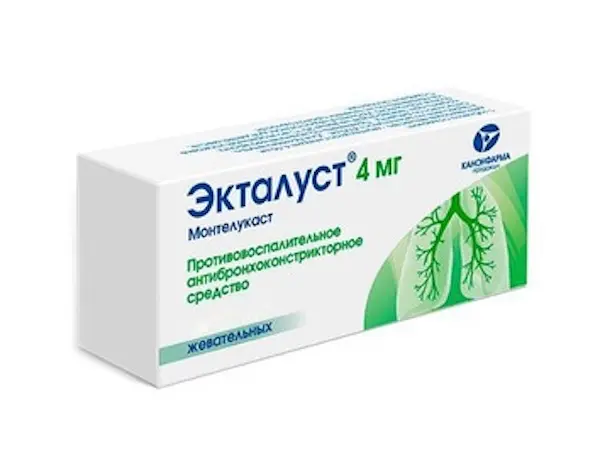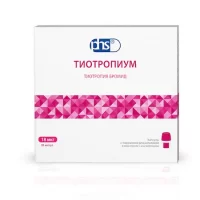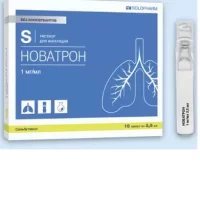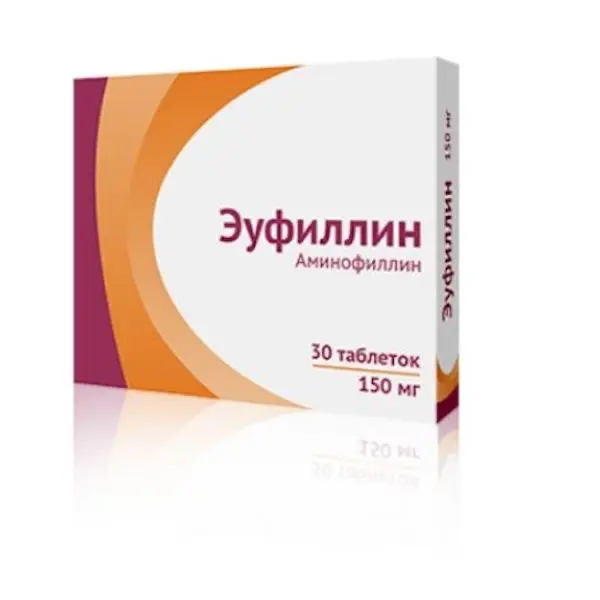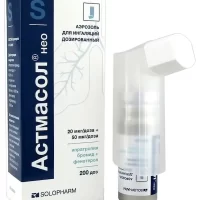Description
Ectalust Pharmacodynamics
Cysteinyl leukotrienes (LTC4, LTD4, LTE4) are strong inflammatory mediators, eicosanoids, that are released by various cells, including mast cells and eosinophils. These important proasthmatic mediators bind to cysteinyl leukotriene receptors.
Cysteinyl leukotriene type I receptors (CysLT1 receptors) are present in human airways (including bronchial smooth muscle cells, macrophages) and other proinflammatory cells (including eosinophils and some myeloid stem cells).
Cysteinyl leukotrienes correlate with the pathophysiology of bronchial asthma and allergic rhinitis.
In asthma, leukotriene-mediated effects include bronchospasm, increased mucus secretion, increased vascular permeability, and increased eosinophil counts.
In allergic rhinitis, cysteinyl leukotrienes are released from proinflammatory cells of the nasal mucosa during the early and late phases of the allergic reaction after allergen exposure, which manifests as symptoms of allergic rhinitis.
An intranasal test with cysteinyl leukotrienes demonstrated increased airway resistance and symptoms of nasal obstruction.
Montelukast is a highly active oral medication that significantly improves inflammatory scores in bronchial asthma. According to biochemical and pharmacological analysis, the drug binds with high selectivity and chemical affinity to CysLT1 receptors (instead of other pharmacologically important airway receptors such as prostaglandin, cholinergic or ?-adrenergic receptors). Montelukast inhibits the physiological action of the cysteinyl leukotrienes LTC4, LTD4, LTE4 by binding to CysLT1 receptors without having a stimulatory effect on these receptors.
Montelukast inhibits with CysLT1 receptors of the airway epithelium, thus having simultaneously the ability to inhibit bronchospasm caused by inhaled cysteinyl leukotriene LTD4 in patients with bronchial asthma.
A dose of 5 mg of montelukast is sufficient to relieve LTD4-induced bronchospasm.
Montelukast induces bronchodilatation within two hours after oral administration and may complement bronchodilatation induced by ?2-adrenomimetics.
The use of montelukast in doses exceeding 10 mg per day, taken once, does not increase the effectiveness of the drug.
- Ectalust is taken orally once a day regardless of meals. The tablet may be swallowed whole or chewed before swallowing.
- For treatment of bronchial asthma, Montelukast should be taken in the evening.
- In the treatment of allergic rhinitis the drug can be taken at any time of the day.
- For combined pathology (bronchial asthma and allergic rhinitis) the drug should be taken in the evening.
- At the age of 2 to 5 years: one chewable tablet in dose of 4 mg once a day before going to bed. There is no need to adjust the dose for this age group.
- Ages 6 to 14 years: one chewable tablet in a dose of 5 mg once a day. No dose adjustment is required for this age group.
- Children over 15 years of age and adults
- The dose for adults and children over 15 years of age is 10 mg of montelukast per day.
- The therapeutic effect of montelukast on indicators reflecting the course of bronchial asthma develops within the first day. The patient should continue to take montelukast both during the period of achieving control of bronchial asthma symptoms and during exacerbation of the disease.
- For elderly patients, patients with renal insufficiency, patients with mild or moderate hepatic dysfunction a special dose selection is not required.
- Ectalust may be added to treatment with bronchodilators and inhaled glucocorticosteroids (GCS).

